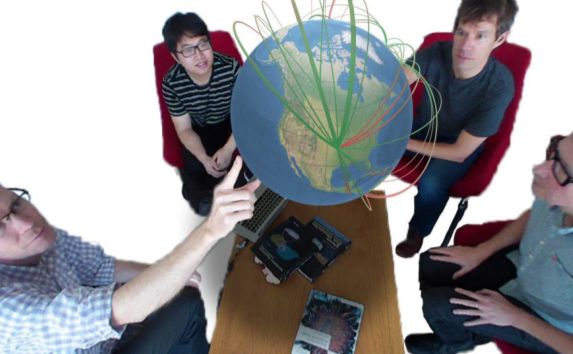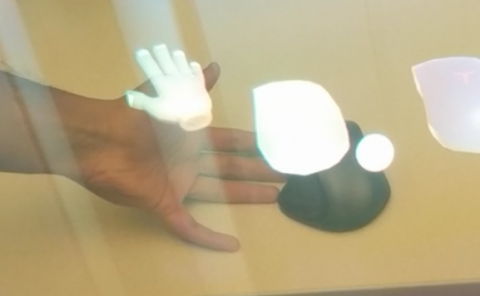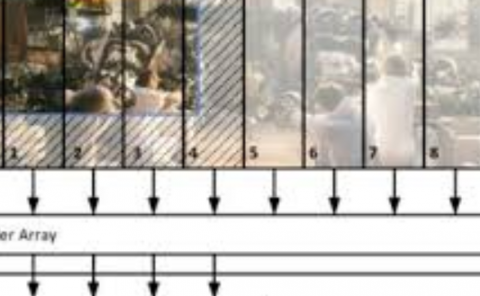Origin-Destination Flow Maps in Immersive Environments
PubDate: Aug 2019
Teams: Monash University;CSIRO
Writers: Yalong Yang, Tim Dwyer, Bernhard Jenny, Kim Marriott, Maxime Cordeil, Haohui Chen
PDF: Origin-Destination Flow Maps in Immersive Environments

Abstract
Immersive virtual- and augmented-reality headsets can overlay a flat image against any surface or hang virtual objects in the space around the user. The technology is rapidly improving and may, in the long term, replace traditional flat panel displays in many situations. When displays are no longer intrinsically flat, how should we use the space around the user for abstract data visualisation? In this paper, we ask this question with respect to origin-destination flow data in a global geographic context. We report on the findings of three studies exploring different spatial encodings for flow maps. The first experiment focuses on different 2D and 3D encodings for flows on flat maps. We find that participants are significantly more accurate with raised flow paths whose height is proportional to flow distance but fastest with traditional straight line 2D flows. In our second and third experiment, we compared flat maps, 3D globes and a novel interactive design we call MapsLink, involving a pair of linked flat maps. We find that participants took significantly more time with MapsLink than other flow maps while the 3D globe with raised flows was the fastest, most accurate, and most preferred method. Our work suggests that careful use of the third spatial dimension can resolve visual clutter in complex flow maps.



